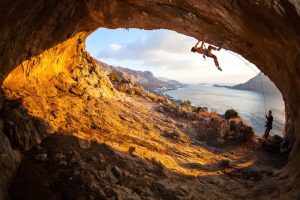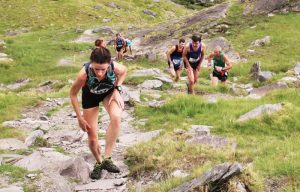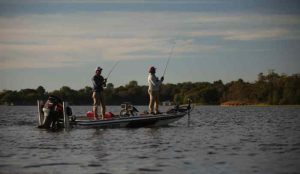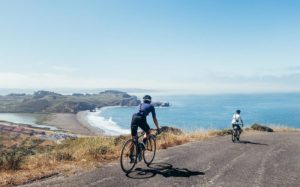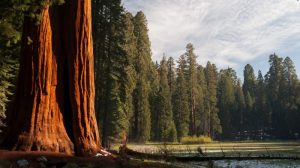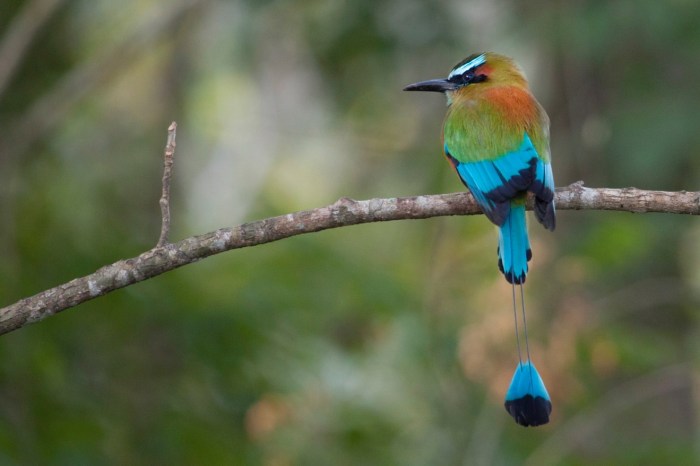
Embark on an exciting journey with Bird Photography Vacations, where the beauty of birds meets the art of photography, creating unforgettable memories in the wild.
Discover the allure of combining travel, birdwatching, and photography to immerse yourself in nature’s wonders and capture stunning images of diverse avian species.
Overview of Bird Photography Vacations
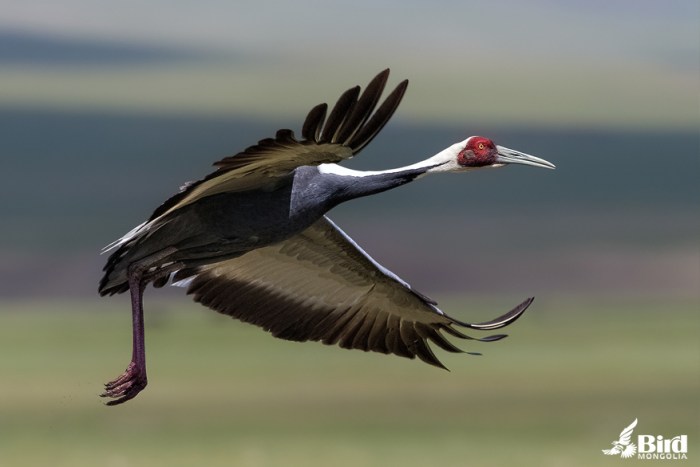
Bird photography vacations offer a unique opportunity for enthusiasts to travel to different locations specifically for birdwatching and capturing stunning images of various bird species in their natural habitats.
The appeal of combining travel with birdwatching and photography lies in the chance to explore new destinations, immerse oneself in nature, and hone photography skills while capturing beautiful and rare bird species. It allows participants to connect with nature, learn about different ecosystems, and observe birds in their natural behaviors.
Benefits of Specialized Tours for Bird Photography Enthusiasts
- Expert Guidance: Specialized tours are led by experienced guides who are knowledgeable about bird behavior, habitats, and the best photography techniques to capture stunning images.
- Access to Prime Locations: These tours provide access to prime birdwatching locations that are often off the beaten path and offer opportunities to photograph rare and elusive bird species.
- Networking Opportunities: Bird photography vacations allow enthusiasts to connect with like-minded individuals, share tips and techniques, and build a community of fellow bird and photography enthusiasts.
- Customized Itineraries: Specialized tours are tailored to cater to the specific interests and skill levels of participants, ensuring a rewarding and fulfilling bird photography experience.
Destinations for Bird Photography Vacations
When planning a bird photography vacation, choosing the right destination is crucial to ensure you have the opportunity to capture a wide variety of bird species in their natural habitats. Here are some popular destinations known for their diverse bird populations:
1. Costa Rica
Costa Rica is a paradise for bird photographers, with over 800 bird species found in its rich and biodiverse ecosystems. From colorful toucans to elusive quetzals, this Central American gem offers a plethora of photo opportunities throughout the year.
2. Galapagos Islands, Ecuador
The Galapagos Islands are a unique destination where you can photograph endemic species that cannot be found anywhere else in the world. With breathtaking landscapes and fearless wildlife, this archipelago is a dream location for bird photography enthusiasts.
3. South Africa
South Africa boasts a diverse range of birds, including the iconic African penguin, majestic eagles, and vibrant bee-eaters. The country’s national parks and nature reserves provide excellent opportunities for capturing these feathered wonders in action.
Best Seasons for Bird Photography
- In Costa Rica, the dry season from December to April is ideal for bird photography as the skies are clear and the birds are more active.
- The Galapagos Islands have two main birding seasons: from January to June for breeding activities and from July to December for migratory species.
- South Africa’s winter months (May to September) are great for bird photography, as the lack of foliage makes it easier to spot and photograph birds.
Essential Gear for Bird Photography Vacations
When embarking on a bird photography vacation, having the right gear is crucial to capturing stunning images of birds in their natural habitat. Here are some essential pieces of equipment to consider:
Necessary Camera Equipment
Investing in a quality DSLR or mirrorless camera with a fast autofocus system is essential for capturing birds in flight or in motion. Look for a camera with a high-resolution sensor to ensure sharp and detailed images.
Significance of Telephoto Lenses and Accessories
- Telephoto lenses, such as 300mm or 400mm, are indispensable for bird photography as they allow you to capture birds from a distance without disturbing them.
- A sturdy tripod or monopod is essential for stabilizing your camera and lens, especially when using heavy telephoto lenses.
- A camera bag with padded compartments will help protect your gear during travel and ensure everything stays organized.
- Consider investing in a waterproof cover for your camera and lens to protect them from unexpected rain or water splashes while shooting outdoors.
Tips for Packing and Protecting Gear
- Use a camera backpack or rolling case with customizable dividers to safely store and transport your camera body, lenses, and accessories.
- Carry extra batteries, memory cards, and lens cleaning supplies to ensure you are prepared for long days of shooting in the field.
- Wrap your gear in protective pouches or lens cloths to prevent scratches and damage during travel.
- Label your equipment with your contact information in case it gets lost or misplaced during your bird photography vacation.
Techniques for Bird Photography
Capturing birds in their natural habitat presents unique challenges due to their quick movements and unpredictable behavior. To overcome these challenges, photographers need to employ specific techniques for composition, lighting, and focusing to create compelling bird images.
Composition
Composition is crucial in bird photography to create visually appealing and dynamic images. When composing a shot, consider the bird’s position in the frame, the background, and the overall balance of the image. Use the rule of thirds to place the bird off-center for a more engaging composition. Additionally, pay attention to leading lines and negative space to draw the viewer’s eye towards the bird.
Lighting
Lighting plays a key role in bird photography as it can make or break a shot. The best lighting for bird photography is soft, diffused light that brings out the colors and details of the bird’s feathers. Early morning and late afternoon are ideal times for shooting when the light is warm and golden. Avoid harsh midday sun, which can create shadows and blow out highlights.
Focusing
Achieving sharp focus is essential in bird photography to capture the intricate details of feathers and eyes. Use a fast shutter speed to freeze motion and prevent blur, especially when photographing birds in flight. Consider using continuous autofocus mode to track moving birds and ensure they remain in focus throughout the shot.
Creating Compelling Bird Images
To create compelling bird images, experiment with different angles, perspectives, and compositions. Get down to the bird’s eye level for a more intimate and immersive shot. Capture birds in their natural behaviors, such as feeding, preening, or interacting with other birds, to tell a story through your images. Patience is key in bird photography, so take the time to observe and wait for the perfect moment to press the shutter.
Conservation and Ethical Considerations

Respecting wildlife and habitats is crucial during bird photography trips to ensure the well-being of the species and their ecosystems. As bird photographers, it is our responsibility to follow ethical guidelines to approach and photograph birds without causing harm, distress, or disruption to their natural behaviors.
Ethical Guidelines for Bird Photography
- Avoid disturbing nesting sites or habitats of birds.
- Keep a safe distance from the birds to prevent stress or flight disruptions.
- Use quiet and non-intrusive photography equipment to minimize disturbances.
- Do not use baiting or playback calls to attract birds as it can disrupt their natural behaviors.
- Respect the rules and regulations of protected areas and wildlife sanctuaries.
Role of Bird Photographers in Conservation
- Bird photographers play a vital role in raising awareness about the beauty and importance of birds and their habitats.
- By capturing stunning images of birds, photographers can inspire others to appreciate and protect these species.
- Through their work, photographers can support conservation efforts by donating images, participating in wildlife surveys, or contributing to conservation organizations.
- Engaging in ethical bird photography practices can help promote a culture of respect and conservation among photographers and nature enthusiasts.
Comparison with Other Adventure Travel Experiences
Bird photography vacations offer a unique blend of nature, art, and adventure that sets them apart from other adventure travel experiences. Let’s delve deeper into how bird photography vacations compare with wildlife watching and birdwatching trips.
Focus on Observation and Creativity
Bird photography vacations focus on capturing stunning images of birds in their natural habitat, blending the art of photography with the thrill of adventure. Participants not only observe the behavior and beauty of birds but also aim to creatively capture these moments through their camera lenses.
- Birdwatching trips, on the other hand, are more centered around observing and identifying bird species in the wild without the emphasis on photography. Participants typically carry binoculars and field guides to enhance their birdwatching experience.
- Wildlife watching vacations may involve observing a variety of animals in their natural habitats, not just birds. The focus is more on the overall wildlife experience rather than specifically on bird species.
Technical Skills and Equipment
Bird photography vacations require participants to have a good understanding of photography techniques and equipment to capture high-quality bird images. From understanding lighting and composition to using specialized lenses and camera settings, participants need to have a solid grasp of photography fundamentals.
- On the other hand, birdwatching and wildlife watching trips do not necessitate specialized photography skills or equipment. Participants can enjoy observing wildlife with the naked eye or basic optical aids.
Artistic Expression and Storytelling
Bird photography vacations offer participants the opportunity to express their creativity through visual storytelling. Each photograph captured during the trip tells a unique story about the bird, its environment, and the photographer’s perspective, creating a powerful connection between the viewer and the subject.
- While birdwatching and wildlife watching trips focus on observing and learning about the natural world, they may not necessarily provide the same platform for artistic expression and storytelling through photography.
Impact of Technology on Bird Photography
Technology has significantly transformed the field of bird photography, providing photographers with advanced tools to capture stunning images of avian species in their natural habitats. From high-quality cameras to innovative accessories, technological advancements have revolutionized the way bird enthusiasts document these beautiful creatures.
Advancements in Camera Technology
With the development of digital cameras, photographers can now capture high-resolution images with exceptional clarity and detail. Features such as fast shutter speeds, autofocus capabilities, and image stabilization have made it easier to photograph birds in motion, resulting in breathtaking shots that were once challenging to achieve.
Role of Drones and Camera Traps
Drones and camera traps have become valuable assets for bird photographers, allowing them to capture unique perspectives and behaviors of birds without disturbing their natural environment. Drones can provide aerial shots of birds in flight or nesting, while camera traps enable photographers to remotely capture elusive species without intruding on their habitat.
Pros and Cons of Using Technology in Bird Photography Vacations
While technology has enhanced the overall bird photography experience, it also raises ethical considerations regarding the impact of human presence on wildlife. The use of drones and camera traps should be approached with caution to ensure minimal disturbance to the birds and their habitats. Additionally, reliance on technology may detract from the authentic and immersive nature of bird photography vacations, where patience and field skills are paramount.
Closing Notes
As we conclude our exploration of Bird Photography Vacations, remember that each click of the camera not only preserves moments in time but also contributes to the conservation of these magnificent creatures.
Helpful Answers
What type of camera equipment is essential for bird photography vacations?
Telephoto lenses, sturdy tripods, and high-speed memory cards are crucial for capturing birds in their natural habitat.
When is the best season to visit different regions for bird photography?
Spring and fall are ideal seasons for bird photography due to migratory patterns and breeding activities.
How can bird photographers contribute to conservation efforts?
By following ethical guidelines, respecting wildlife and habitats, and raising awareness through their stunning bird images.
